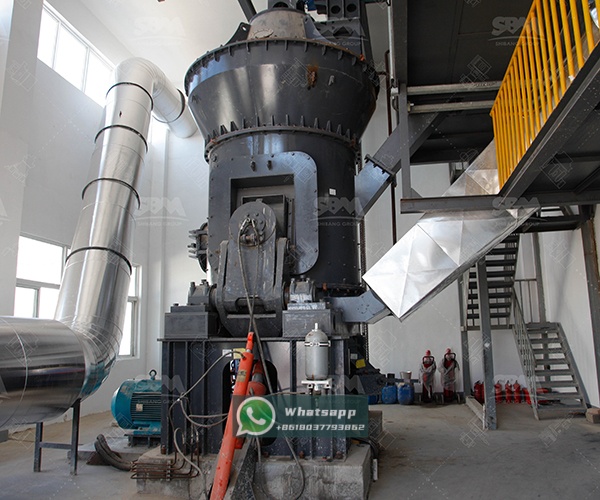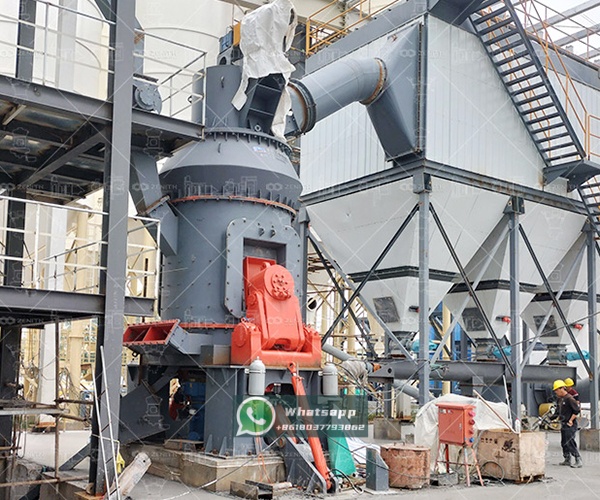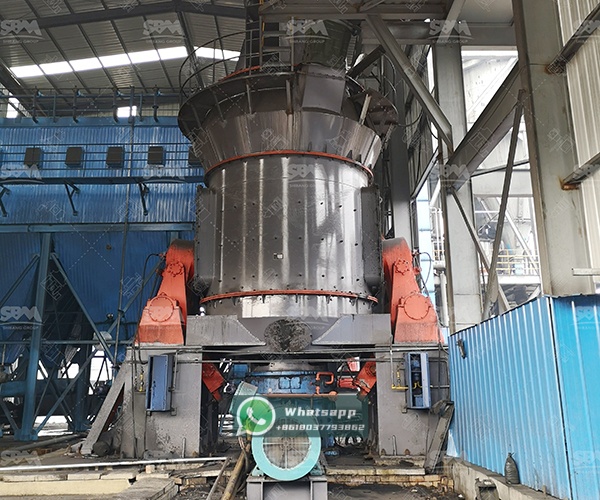The construction sector is under increasing pressure to adopt sustainable practices and utilize industrial by-products to reduce its environmental footprint. Among these by-products, fly ash and bottom ash from coal-fired power plants present a significant opportunity. When processed correctly, these materials can be transformed into valuable components for concrete, cement, and other building materials, enhancing performance while promoting a circular economy. The key to unlocking this potential lies in efficient and reliable grinding technology. This article explores the critical role of vertical grinding mills in processing fly ash and bottom ash for the construction industry, with a focus on the advanced solutions offered by industry leaders.

Fly ash is a fine, powdery material captured from the flue gases of coal combustion. Its particles are typically spherical, which contributes to the workability and pumpability of concrete. Fly ash is classified into two main types: Class F, which is pozzolanic, and Class C, which possesses some cementitious properties. To be effectively used as a supplementary cementitious material (SCM), fly ash often requires further processing to ensure consistent fineness and to break down any unburned carbon particles that could affect air entrainment in concrete.
Bottom ash is a coarser, granular material that collects at the bottom of the furnace. It is more abrasive and heterogeneous than fly ash. While it can be used as a raw feed for cement clinker production or as a fine aggregate, its larger particle size and variable composition necessitate grinding to achieve a fineness suitable for high-value applications like concrete admixtures.
Vertical grinding mills have become the preferred technology for processing industrial by-products like fly ash and bottom ash. Their design offers several distinct advantages over traditional ball mills or Raymond mills for this specific application.

Shanghai Zenith Machinery Co., Ltd. has established itself as an excellent manufacturer of ore grinding equipment in China, with significant achievements in the field of ultra-fine powder grinding. Specializing in the research, development, and production of industrial powder grinding equipment, Zenith offers a range of mills perfectly suited for the challenges of ash processing. Their expertise ensures that construction companies can reliably transform waste ash into high-quality, consistent products.
For the processing of fly ash and bottom ash, the LM Vertical Grinding Mill from Shanghai Zenith is an outstanding choice. This mill integrates five functions—crushing, grinding, powder selection, drying, and material conveying—into a single, cohesive unit. Its ability to handle moist feed and produce a fine, consistent powder makes it particularly effective for ash applications. The LM series is known for its small occupational area, low wear rate, and eco-friendly operation.
The following table outlines the technical parameters of the Vertical Mineral Mill series, which is highly applicable to fly ash grinding. Models like the LM130K and LM190K offer the ideal capacity and fineness for most construction sector requirements.
| Model | Plate Diameter (mm) | Capacity (t/h) | Output Fineness (μm) | Max Feed Size (mm) | Main Motor (kW) |
|---|---|---|---|---|---|
| LM130K | 1300 | 10-28 | 170-40 | <38 | 200 |
| LM190K | 1900 | 23-68 | 170-40 | <45 | 500 |
| LM280K | 2800 | 50-170 | 170-45 | <50 | 1250 |
For projects requiring ultra-fine grinding of ash to achieve higher reactivity in concrete mixtures, Zenith’s LUM Ultrafine Vertical Mill is the ideal solution. This mill represents the pinnacle of grinding technology, integrating superfine grinding, powder selection, and drying. It produces products with a high content of end-fines and features intelligent control systems for easier operation and maintenance. Its ability to achieve a fine size distribution (D97) of 5-30 microns makes it perfect for producing premium-grade pozzolanic materials.
| Model | Main Machine Power (kW) | Capacity (t/h) | Size Distribution D97 (μm) |
|---|---|---|---|
| LUM1525 | 220-250 | 1.6-11.5 | 5-30 |
| LUM1632 | 280-315 | 2.0-13.5 | 5-30 |
| LUM1836 | 355-400 | 2.3-15 | 5-30 |
By integrating a Zenith vertical mill into their operations, producers of construction materials can achieve substantial benefits. The consistent fineness of the processed ash leads to more predictable and improved concrete performance, including higher strength, reduced permeability, and enhanced durability. The energy efficiency of the mill translates directly to lower operating costs, improving the economic viability of using ash. Furthermore, the reliable and automated operation minimizes downtime and maintenance, ensuring a steady supply of processed material for concrete batching plants and cement factories.

The utilization of fly ash and bottom ash is no longer just an environmental imperative but a strategic business decision for the construction sector. The vertical grinding mill stands as the enabling technology for this transformation. With their superior efficiency, reliability, and product quality, mills like the Zenith LM and LUM series are pivotal in converting industrial waste into high-performance construction materials. By partnering with experienced manufacturers like Shanghai Zenith Machinery, the industry can confidently move towards a more sustainable and profitable future, building stronger structures on a foundation of innovation and resource efficiency.